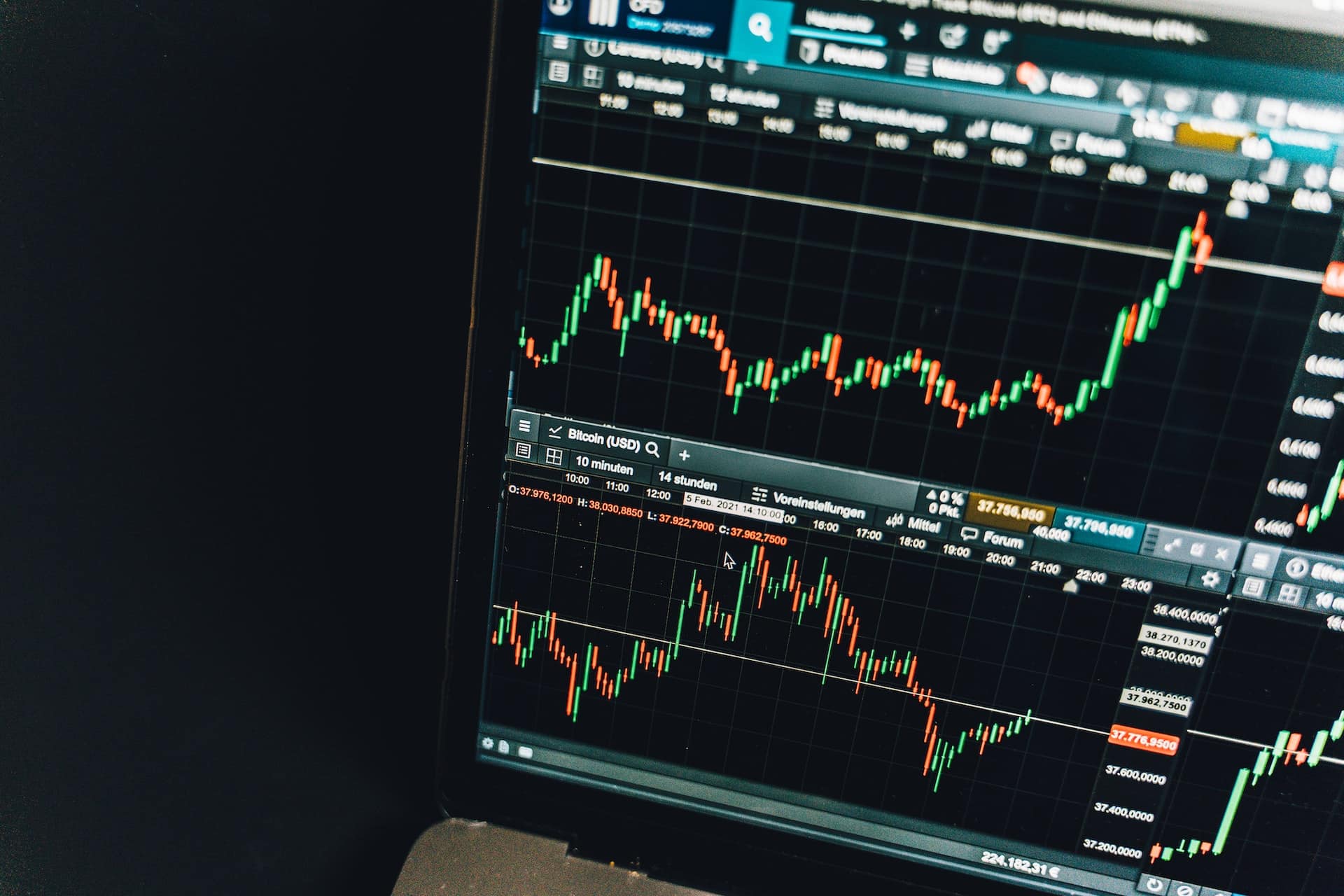The oil industry has been a cornerstone of the global economy for over a century. Not only has it powered our homes, cars, and factories, but it has also been central to global politics, economics, and trade. However, as the world undergoes a transition driven by environmental concerns, technological innovations, and geopolitical shifts, the terrain of oil trading is evolving. This article delves into these shifts, highlighting strategies to navigate this new landscape. Oil Trader Ai can assist you in obtaining all the advantages attainable when trading on the market.
- Historical Context of Oil Trading
- Environmental Concerns and the Push for Renewable Energy
- Technological Innovations in Oil Trading
- Geopolitical Factors: Shifting Power Dynamics and Trade Routes
- Strategies for Successful Oil Trading in a Changing Landscape
- Case Studies: Successes and Failures in Modern Oil Trading
- Financial Market Impacts and New Investment Opportunities
- Preparing for a Post-Oil Era
- Conclusion
Historical Context of Oil Trading
Since the inception of the internal combustion engine and the discovery of large oil reserves in the Middle East and the Americas, oil has been king. Historically, access to oil reserves and the ability to trade them efficiently was synonymous with geopolitical power. Major events, from the World Wars to the Gulf Wars, have pivoted around this precious resource.
The traditional oil trading hubs have been Houston, London, and Singapore. Yet, as demand patterns change and newer players emerge, these hubs are seeing shifts in their influence.
Environmental Concerns and the Push for Renewable Energy
The turn of the century marked an increased global awareness of environmental degradation, leading to a demand for sustainable alternatives. The Paris Agreement in 2015 was a testament to global commitment, as countries pledged to reduce their carbon emissions.
For the oil industry, this translated to a double challenge: facing reduced demand for their primary product and increased demand for renewable energy commodities. Major oil companies started investing heavily in renewable energy sectors, from wind to solar and beyond.
Comparing oil and renewables in 2020 offers insight into this shift. Global production of oil was around 100 million barrels per day, dominated by key players like the Middle East, the US, and Russia, and costing about $40 per barrel. On the other hand, renewable energy boasted a production capacity of 2800 GW. The major players in the renewable sector were China, the US, and Europe. The cost per unit for renewables ranged between $0.02 to $0.06 per KWh, with a minimal environmental impact, especially when juxtaposed against the high environmental toll of oil.

Technological Innovations in Oil Trading
Modern oil trading has seen a significant shift due to technological advancements. Digital platforms have replaced traditional trading pits, offering increased efficiency and transparency. Blockchain technology promises secure, tamper-proof trading contracts, while AI predicts demand-supply fluctuations with impressive accuracy.
Moreover, decentralized finance (DeFi) platforms offer innovative ways for traders to finance their operations, hedge against risks, and ensure payment security.
Geopolitical Factors: Shifting Power Dynamics and Trade Routes
The discovery of new oil reserves in Africa and the Arctic, coupled with shale oil production in the US, has reconfigured the power dynamics. As the US becomes less dependent on Middle Eastern oil, trade routes are being redrawn.
Simultaneously, the politics of sanctions, especially against major producers like Iran and Russia, and the shifting stance of OPEC nations further influence the trade dynamics.
Strategies for Successful Oil Trading in a Changing Landscape
- Navigating Regulatory Changes: Regulatory bodies around the world are tightening environmental standards. Traders need to anticipate these changes and adjust their portfolios accordingly.
- Embracing Diversification: As the energy sector becomes more fragmented, traders should diversify their portfolios, incorporating green energy commodities.
- Robust Forecasting: Leveraging AI and big data can give traders a more precise insight into future market shifts, allowing them to anticipate rather than react.
Case Studies: Successes and Failures in Modern Oil Trading
- Success: BP’s Transition to Biofuels: Witnessing the increasing demand for renewable energy, BP strategically shifted part of its investments towards biofuels, ensuring a stronghold in the evolving energy landscape.
- Failure: Over-reliance on Traditional Trading Methods: Many traders who ignored the digital transformation found their operations outdated, inefficient, and eventually, noncompetitive.
Financial Market Impacts and New Investment Opportunities
Oil stocks, once considered the bedrock of investment portfolios, are seeing increased volatility. This has given rise to alternative energy stocks, which are increasingly becoming attractive to investors. Moreover, green bonds and other sustainable financial instruments offer opportunities for traders and investors to diversify their portfolios while committing to environmental sustainability.
Preparing for a Post-Oil Era
While it’s premature to predict the end of oil dominance, traders must recognize that the post-oil era is on the horizon. This means exploring opportunities in hydrogen, solar, wind, and other emerging energy sources. The transition from being solely oil traders to energy traders is the way forward.
Conclusion
Amidst the complexities of supply, demand, and geopolitical influences, the oil trading sector is undergoing significant transformations. Throughout history, we’ve observed that industries that proactively adapt to emerging challenges not only remain resilient but often find avenues to prosper under fresh paradigms. Platforms have emerged, offering traders an optimized and streamlined experience in oil trading. For professionals deeply rooted in this sector, adapting to these changes isn’t just a recommendation but a necessity. A deep understanding of these shifts, combined with a keen awareness of global energy movements and an agility to refine trading methods, will be crucial for ensuring sustained success in this dynamic environment.